

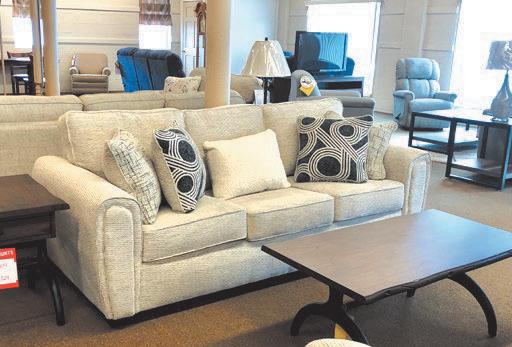



























































































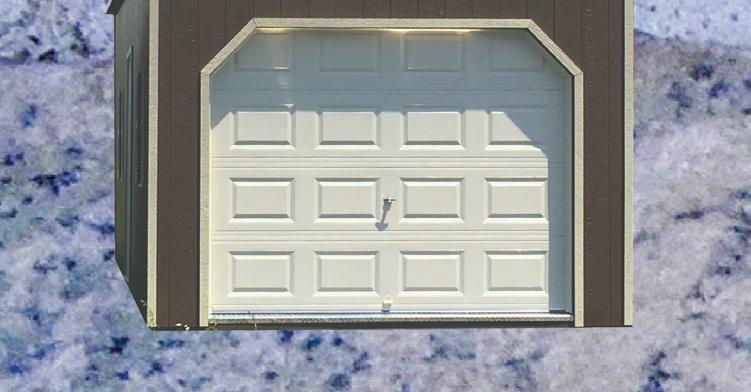
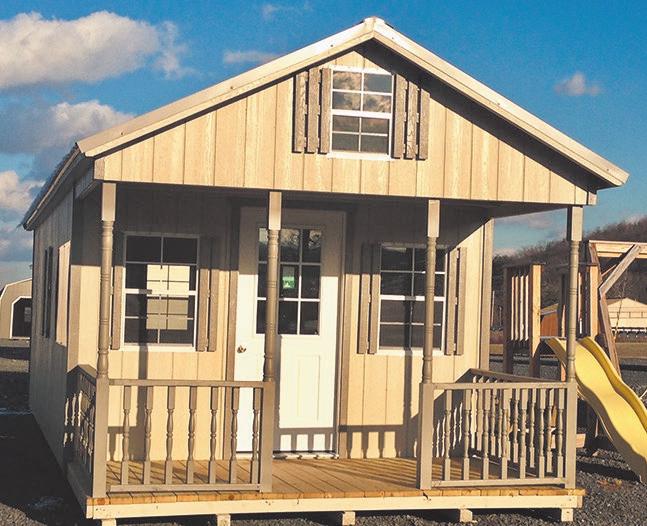





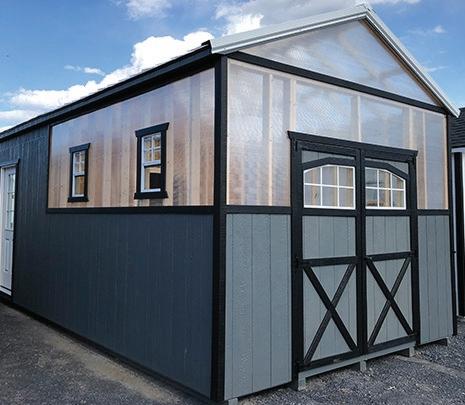




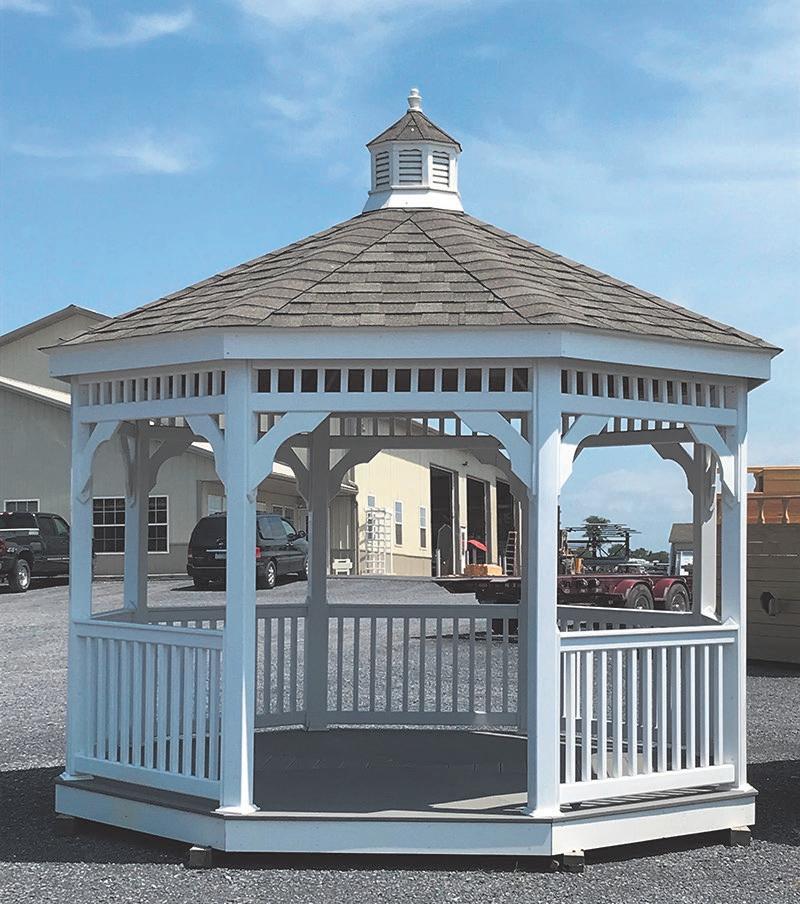


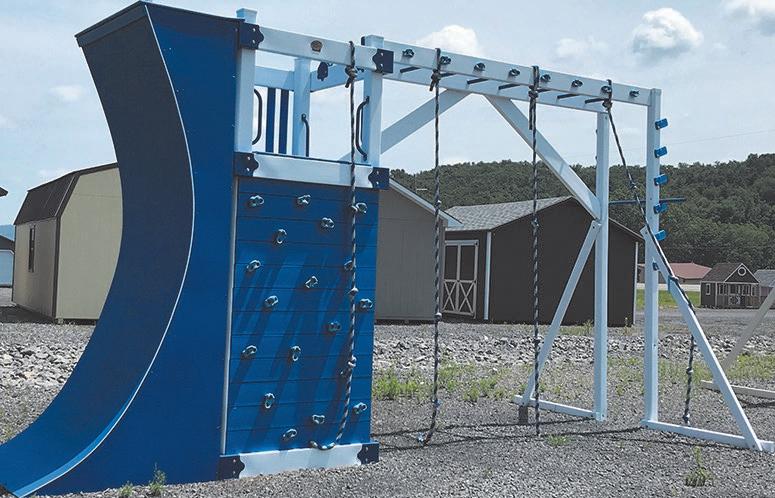
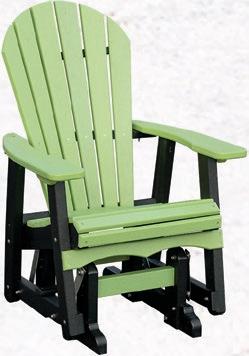
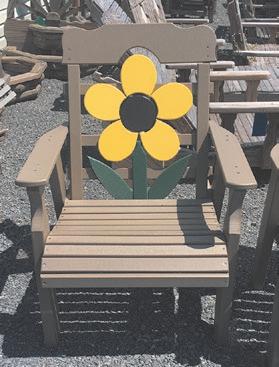























































































































Clutter has a way of taking over a home. As time goes by, items that are not stored or discarded when they’ve lost their utility can gradually take over a space, creating a claustrophobic, cluttered feeling that can affect how people feel in their homes.
Clutter is not something to be taken lightly. A 2010 study published in the journal Personality and Social Psychology Bulletin found that women who characterized their living spaces as cluttered or marked by
more likely to experience fatigue and depression than women who described their homes as restful and restorative. Though clutter is often discussed in terms of removing it, there’s also many ways to prevent it in
• Schedule weekly cleaning sessions. Cleaning is a chore few look forward to, and that reluctance may be
dividuals get around to it. Weekly cleaning sessions can help prevent items from stockpiling and creat-

a byproduct of infrequent cleanings. The less a home is cleaned, the longer cleaning sessions take when in-
ing a cluttered look.
• Discard items when they’re no longer used. Holding on to items you no
longer use will eventually contribute to the buildup of clutter. That’s a lesson parents know well, as kids outgrow toys, which can then pile up and contribute to overcrowded toy chests and play rooms. Adults also have a hard time discarding their own toys, including old devices. As kids outgrow toys, let them choose which ones to discard before they’re replaced with
new items. The same goes for adults, who can wipe old devices like tablets, smartphones and laptops clean and discard them once they’ve purchased replacements.
stored items. Even the most well-organized person can fall victim to clutter if
storage systems, choose clear, stackable drawers so you won’t make a mess as you look for stored itemsable plastic bins and drawwhat you’re looking for, reducing the likelihood that items will end up on the you don’t want to replace existing storage bins, label them if they’re not clear to make it easier to identify what’s inside.
• Donate clothing. Much like kids’ toys and adults devices should be discarded when they’re no longer used, old clothes can be donated to create more storage space and prevent the buildup of clutter. Clutter is often described as something visible to the naked eye, but clutter can also build up in dresser drawers and behind closet doors. Periodically go through closets and dressers and remove items you no longer wear, donating them if they’re still in good shape and discarding them if they’re not.
Clutter can quickly take over a home. A proactive approach that emphasizes clutter prevention can make for a more relaxing and restful home.

Consumer efforts to be more eco-conscious are more and more noticeable.
For proof of that, one need look no further than the increase in vehicle charging stations. Such stations are more accessible than ever and illustrate that consumer preference is increasingly leaning toward products that leave as small a carbon footprint as possible.
Another indicator of a growing interest in eco-friendly products is thecient homes. In fact, a recent survey from the National Association of Home Builders found that ener-
among the most sought-after “must-haves” among homebuyers. Among those surveyed, 83 percent desired Energy Star-rated windows, 81 percent wanted Energy Star-rated appliances and 80 percent
lighting.
Though eco-conscious sensibilities compel millions of homeowners to make their homes more
the only reason to upgrade your home. The following
are a handful of the many homes.
was one of the biggest stories of 2022, as the cost of living rose dramatically in the wake of world events.
According to data from the U.S. Bureau of Labor Sta-
overall 6.5 percent increase in prices. But that increase was dwarfed by the cost of electricity, which increased by 14.3 percent
appliances can help homeowners overcome that spike, as the U.S. Department of Energy indicates upgrading to such products can help homeowners reduce their energy costs by as much as 30 percent.
• Improve resale value: As the NAHB survey indicates, modern homebuy-
ing to pay more for such homes. Research from the mortgage lender Freddie Mac found that homes -
ings sold for nearly 3 percent more on average than homes without such ratings.
• Live healthier: The -
ic, though health-related
an economic incentive as well. According to the American Council for an
insulation and air sealing protect individuals from heat waves and other ripple effects of climate change. The ACEEE notes that weatherization can improve indoor air quality and comfort, a notableers and seniors. In fact, the ACEEE estimates thatciency programs in homes for falls in their homes, potentially saving $2 billion in fall-related health care costs over the next decade, and improve asthma outcomes, which could reduce health care costs by as much as half a billion dollars.
ucts and practices pay numerous dividends, making them a worthy expenditure for any homeowners looking to upgrade their homes.






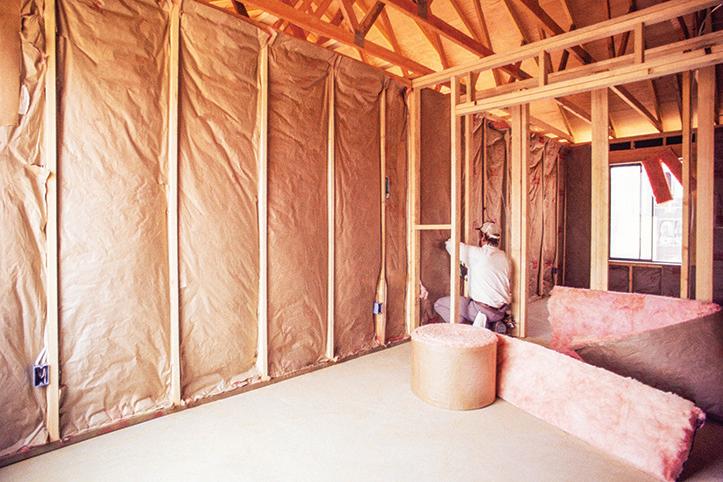
Insulation can go a long way toward making a home more comfortable. Insulation reduces the transfer of heat from indoors and outdoors so homes stay more comfortable in both the winter and summer.
Insulation also can block exterior noise. A properly insulated home is a must, particularly in the wake of rising energy costs. Insulation will help a home be
Insulation is easily taken for granted. The following are some facts about ciency that illustrate how much homeowners can their insulation.
• Insulation is made from a variety of materials, incellulose, and spray foam.
• Unless damaged, insulation lasts for the life of the building. Some settling of insulation may occur, type insulation, and gaps
• During the Middle Ages, walls of homes were stuffed with straw and mud to help keep out the cold.
mented types of insulation.
• According to the U.S. Environmental Protection Agency, insulation saves more than 600 times more energy each year than
Energy Star Appliances, and Energy Star windows combined.
• For every Btu consumed in the production of insulation each year, 12 Btus are saved by the use of insulation, says A+ Insulation of Kansas City.
• An insulating materi-
is measured in terms of its thermal resistance, or R-value. The higher the R-value, the greater the insulating effectiveness. An insulation contractor can let a homeowner know how much insulation and what R-value is recommended for his or her climate.
• Manufacturers continue to experiment with insulation materials. Environmentally friendly options include recycled cotton denim, paper or plant cellulose, and sheep’s wool.
• Large pieces of insulation are called batts. Traditionally they are made glass. It’s important to recan release small particles
disturbed, so respiratory protection and gloves should be used when handling to reduce risk of irritation.
Insulation is a key investment in home comfort





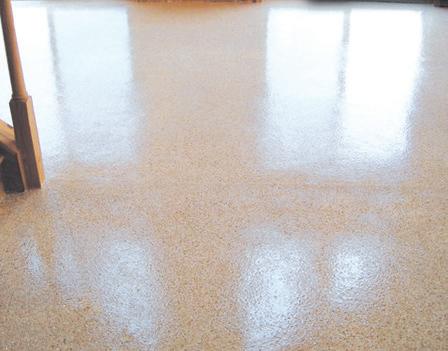



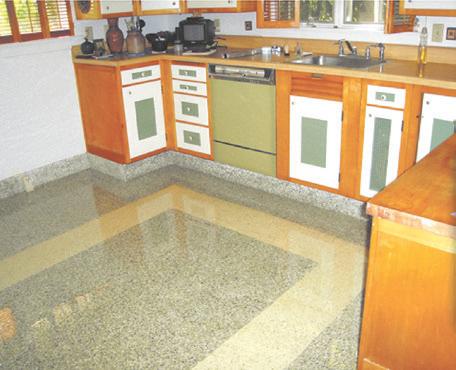



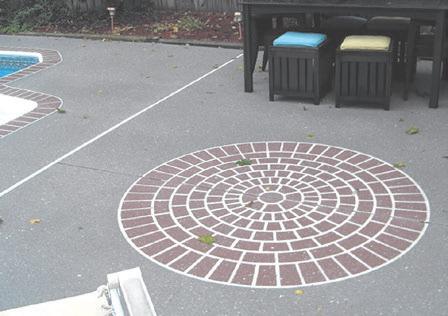



Homeowners know that the work involved to maintain a home is never done. The end of one project has a tendency to roll into the planning of another, and so it goes for years on end.
Fortunate are the homeowners who get to choose when to begin a renovation project, but it’s far more common that homeowners spot an issue and then realize it’s time to renovate. When it comes to bathrooms, which can be among the more expensive spaces to renovate in a home, homeowners can keep an eye out for various signs suggesting the room needs a remodel.
• Mold and mildew: Mold and mildew is perhaps the most glaring sign a bathroom needs to be renovated or remodeled. Mold and mildew pose a notable threat to human health, as the United States Environmental Protection Agency reports that molds can cause allergic reactions. Individuals sensitive to mold may develop symptoms that mimic reactions to outdoor allergens like pollen, including sneezing, runny nose, red eyes, and dermatitis (skin rash). Mold also
can trigger asthma attacks in people allergic to mold who have the condition. Mold can grow in poorly ventilated bathrooms, such as those without a fan or
prevent its return.
• Small signs of fading: Stains, peeling paint, cracked paint, and gaps in grout are small signs of fading that indicate a
problems, so they should not be merely written off as minor problems or eyesores.
• Rising water bills: Some signs a bathroom
tick in water consumption, homeowners may have leaking pipes. Such pipes might be beneath a bathroom sink or behind tiled walls. Discoloration on
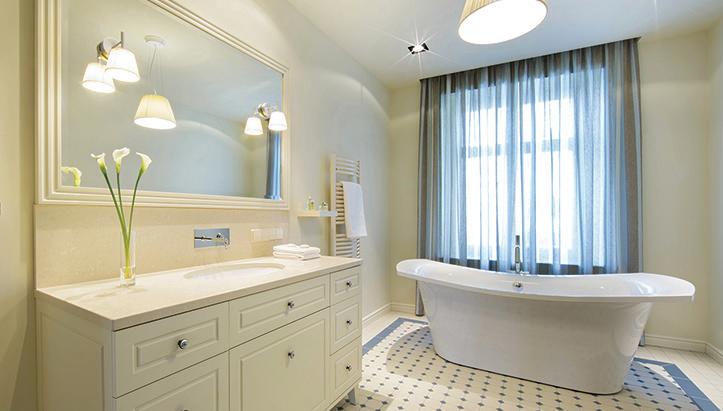
ones in which fans are not working properly. Mold and mildew will return if it’s merely scrubbed away, so the underlying cause of mold must be addressed to
bathroom is in need of renovation if not a complete remodel. These issues also can serve as warning signs of larger issues, such as water issues and structural
could use a little TLC are to the room itself. If waterly and do not align with price increases or an up-
the walls, peeling paint or wallpaper and/or a musty odor may indicate leaks inside a bathroom wall. If coupled with rising water bills, these signs could be






issue that requires immediate attention.
• Issues with tiles: Cracked or damaged tiles in the shower and bathtub
unsightly and also pose a safety hazard. Cracked and falls, which can be especially harmful to older residents. And cracked tiles within the shower and tub area can indicate water problems behind the walls or general disrepair. Such issues should be addressed before they escalate into something larger.
• A dated vibe: Of course, some issues affecting a bathroom are not necessarily health or safety hazards but more an affront to homeowners’ grasp of current styles and trends. If walking into a bathroom unintentionally feels like stepping backward into a bygone era, then it’s probably time to consider a renovation or remodeling job.
Various signs can indicate to homeowners it’s time to consider a bathroom renovation.

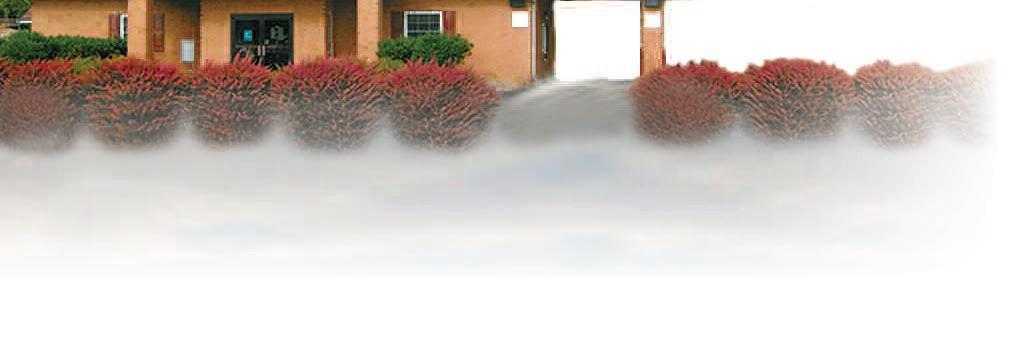

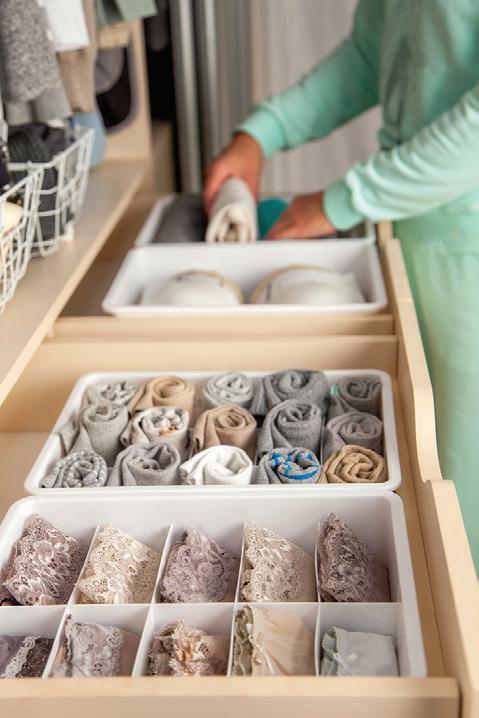
Skilled professional organizers have a unique talent and the expertise to create solutions for cluttered spaces and other overcrowded areas in a home. Although some may view hiring a professional to help them sort through their stuff as a luxury, in many instances relying on an organizer can be money well spent. That’s because a pro is specially equipped to set up areas that function smoothly andes the chances spaces will remain organized after the initial job is done. The following are some reasons why a professional organizer might be warranted.
Procrastination is a major component behind why
people do not get ahead of clutter. It’s easy to shrug off the job in favor of other tasks. Hiring an organizer is handing the job off to someone whose job it is to
they have wanted, a professional organizer can provide the tips and tricks that work. He or she will not do the work without you, but will guide you through the process.
• One space is problemat-ganizing but still have one room or area they cannot conquer. This could be a garage or another space that tends to be the catch-all for other rooms. The right pro can help tame even the most out-of-control area.
Professional organizers can assist with various tasks and provide the extra motivation needed to tame clutter.
•
•

Many people admit that the idea of tackling organizational jobs puts them in a tailspin. Individuals who feel that organization has gotten away from them to the point that the job seems impossible can ben-er. In addition, those who have been diagnosed with a hoarding disorder and are ill at ease at the idea of getting rid of items likeorganizer can be a saving grace.
• Moving into a new moving into new spaces may want to start out on more organized footing. A professional organizer can help to lay a more tidy foundation.
try to get their spaces in again. For those whose spaces have never quite been organized the way

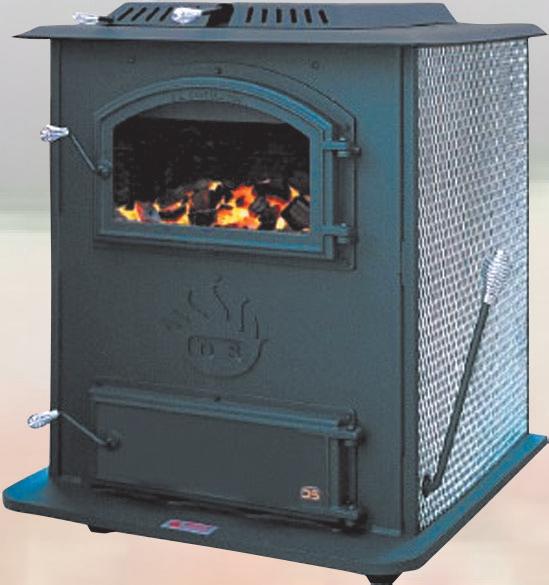



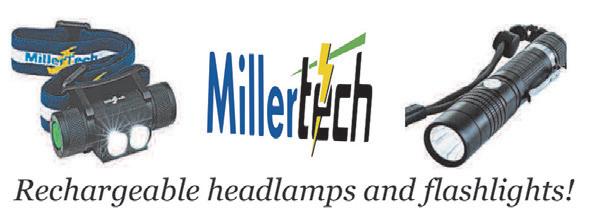


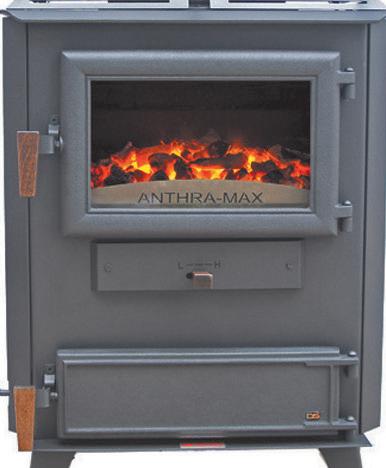




The holiday season comes at a time when the weather can be anywhere from cool to frigid. But even if the weather outside is somewhat frightful, holiday entertaining in outdoor spaces can still be delightful. Making the most of outdoor spaces during the holidays and the rest of the winter can enable guests to spread out, which should make things more comfortable for them. With that goal in mind, the following are some tips for putting outdoor areas to good use when hosting loved ones this holiday season.
easy way to make outdoor entertaining spaces more welcoming is to coordinate the decor with the interior of the home. Greenery wrapped with lights around railings and fencing can create the perfect ambiance. Candles, wreaths and small, decorated Christmas trees can
door heater. Make sure to illuminate the outdoor area so that guests their way around with ease.
• Host an early gathering. The sun sets early in fall and winter, so it may not only get colder, but also darker at a time when guests typically arrive. Think about moving up the start time of your holiday event if you’ll be having an outdoor area, so guests can see one another and stay a little warmer.
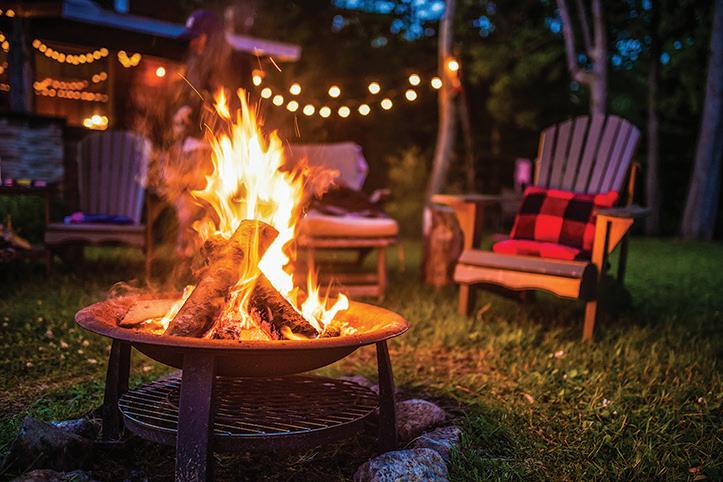
lounges that are decked out in weather-resistant fabrics. Make them more comfortable with throw pillows that coordinate with a holiday entertaining theme.
• Set up two drink stations. Set up beverages both inside and outside the home so guests can wherever they are relaxing. Think about having some warm drinks outside, such as mulled cider or hot chocolate, so guests can be warmed from the inside as well.
• Use a wireless speaker. less speaker placed outside allows guests to listen to holiday tunes while they
Using well-equipped outdoor areas for entertaining can expand the possibilities and guest list for holiday gatherings.
ing element. Unless you live in a temperate climate, you’ll need some way to keep guests warm. Center the outdoor entertaining
• Use the grill. Keep foods warm by using the grill or an outdoor griddle; otherwise, set up the food buffet-style inside so guests can make their plates and gravitate where they feel comfortable.
• Provide blankets or

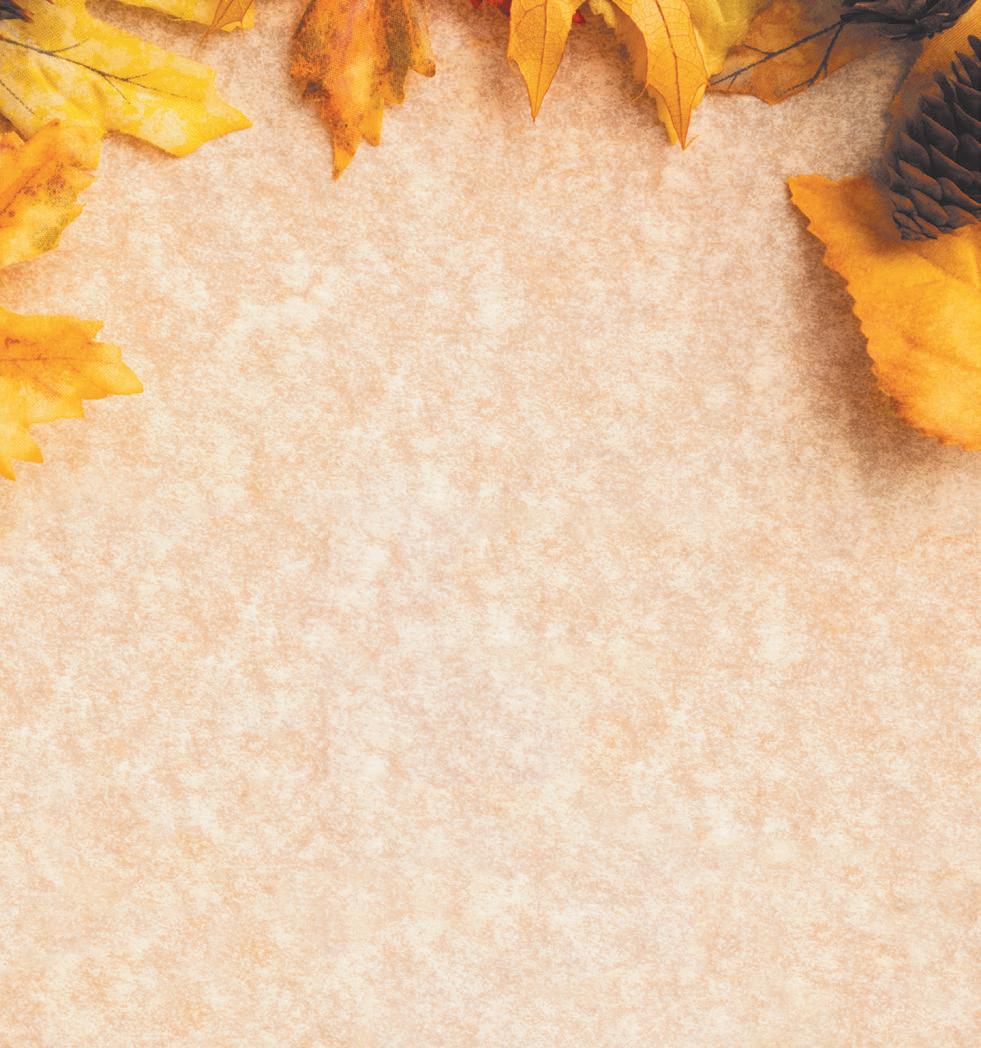


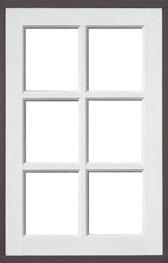



























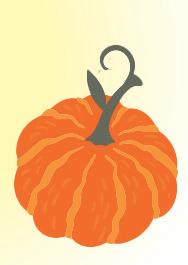


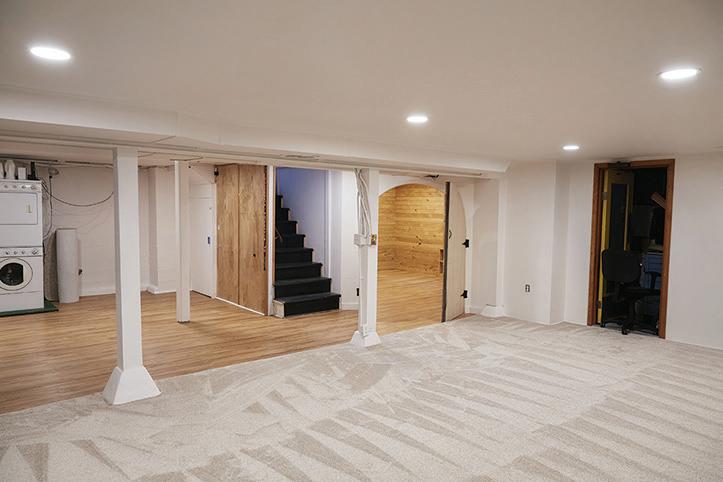
Homeowners know that there’s no shortage of work required to maintain a home. Whether it’s a renovation project designed to make a home more comfortable or a safety-related remodel, homes require a
Mold remediation falls under the umbrella of safety-related renovations. Various types of mold can grow in a home, and such infestations may develop just about anywhere in a house. According to the Rhode Island Department of Health, exposure to mold can contribute to an array of adverse health consequences, including allergy symptoms such as runny nose, watery breathing, and headache. Prolonged exposure can cause allergic reactions to become more severe.
Various points in a home can be vulnerable to mold
State Department of Health notes that identifying and controlling moisture is the key to preventing mold in-tain points in a home, if left unchecked, are more likely to promote mold growth than others. As homeowners work to maintain their homes so the environment inside their walls is as comfortable and healthy as possible, they can routinely inspect po-
tential mold infestation points and do their best to keep these areas as free from moisture as possible.
• Roof: A sturdy, leakfree roof can help prevent a buildup of moisture that can contribute to mold growth.
• Indoor plumbing: sinks throughout the home, including those in the kitchen and bathrooms. Homeowners whose washrooms have a slop sink or utility sink should inspect these areas for leaky plumbing as well.
• Outdoor drainage: Maintaining effective outdoor drainage is another way to prevent mold -
ically requires maintaining gutters and drains so they do not become clogged during or after rainstorms. Gutter guards can prevent gutters and drains from clogging. Homeowners also may want to work with a landscaper or landscape architect to ensure soil around the house slopes away from the foundation, which can prevent water from pooling near the walls. When water pools near the walls, this can contribute to foundation problems and make it easier for mold to grow.
• Basements/crawl spaces: Basements and crawl spaces are vulnerable to mold infestations because they tend to be dark and cool, which can contribute
to dampness that facilitatesland Department of Health recommends using a dehucrawl spaces.
• Bathrooms: Steam from hot showers also can contribute to mold growth if the bathrooms do not contain exhaust fans. Such fans can remove excess moisture that makes it easy for mold to grow.
Mold can pose a notable health threat in a home. But homeowners can keep an eye on various areas of their home and implement measures to keep such spaces dry and less mold-friendly.



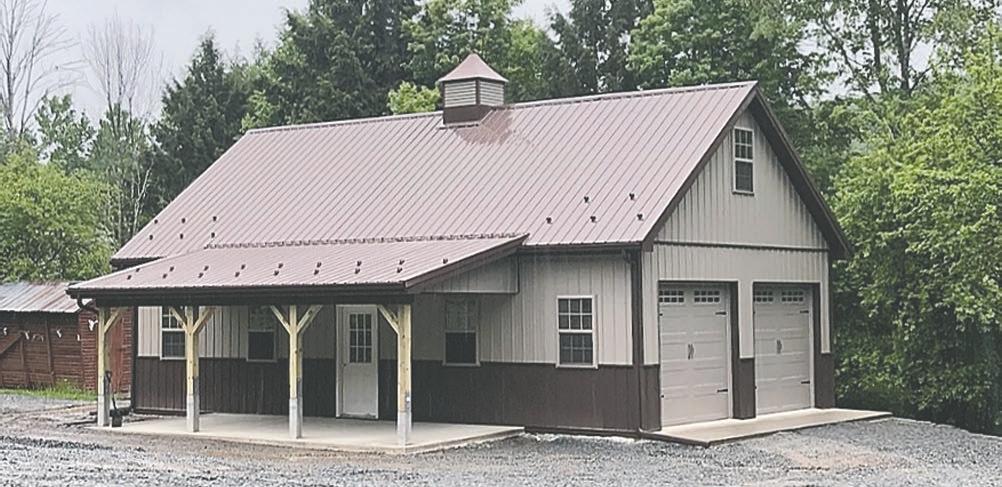















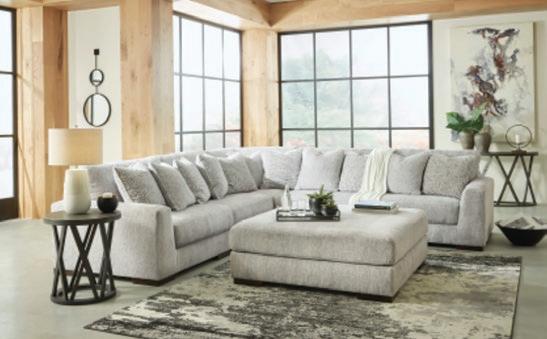

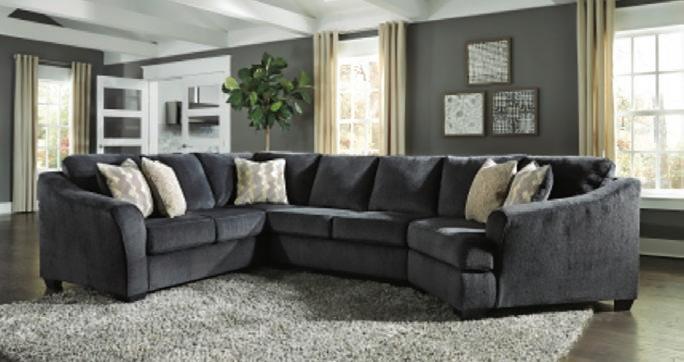


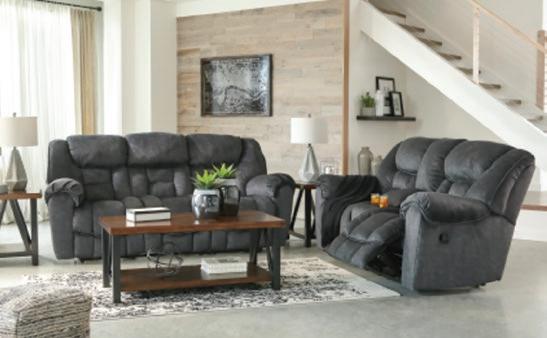


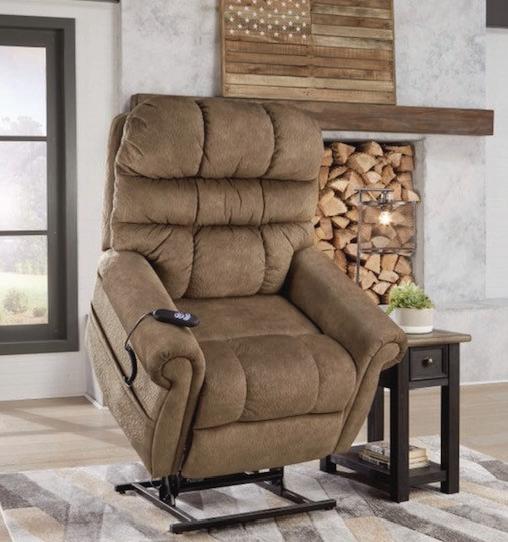









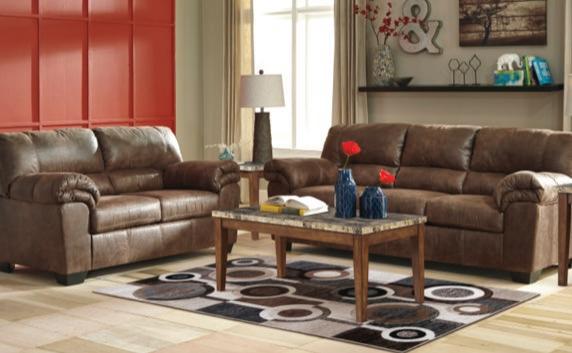


















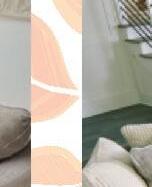





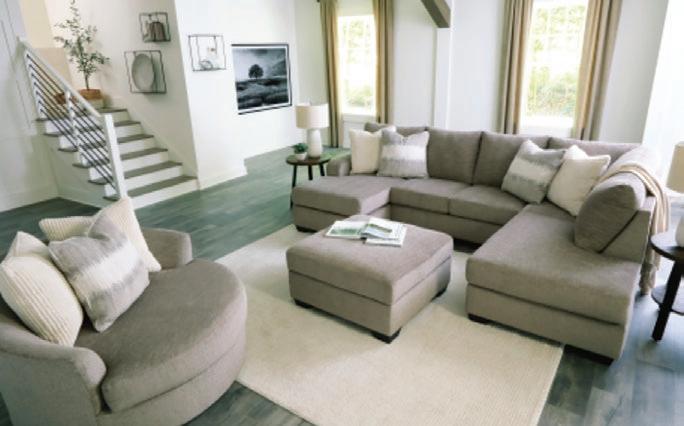
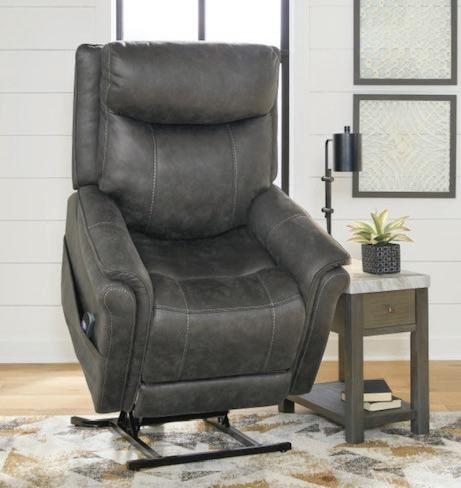




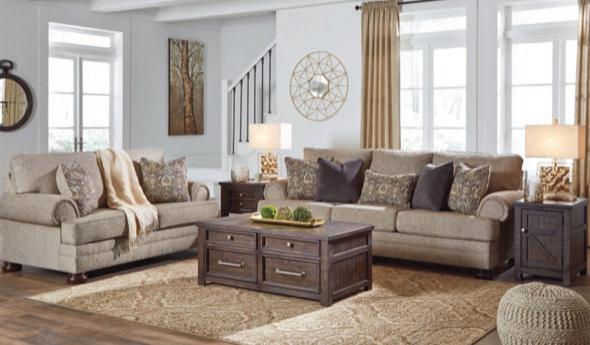
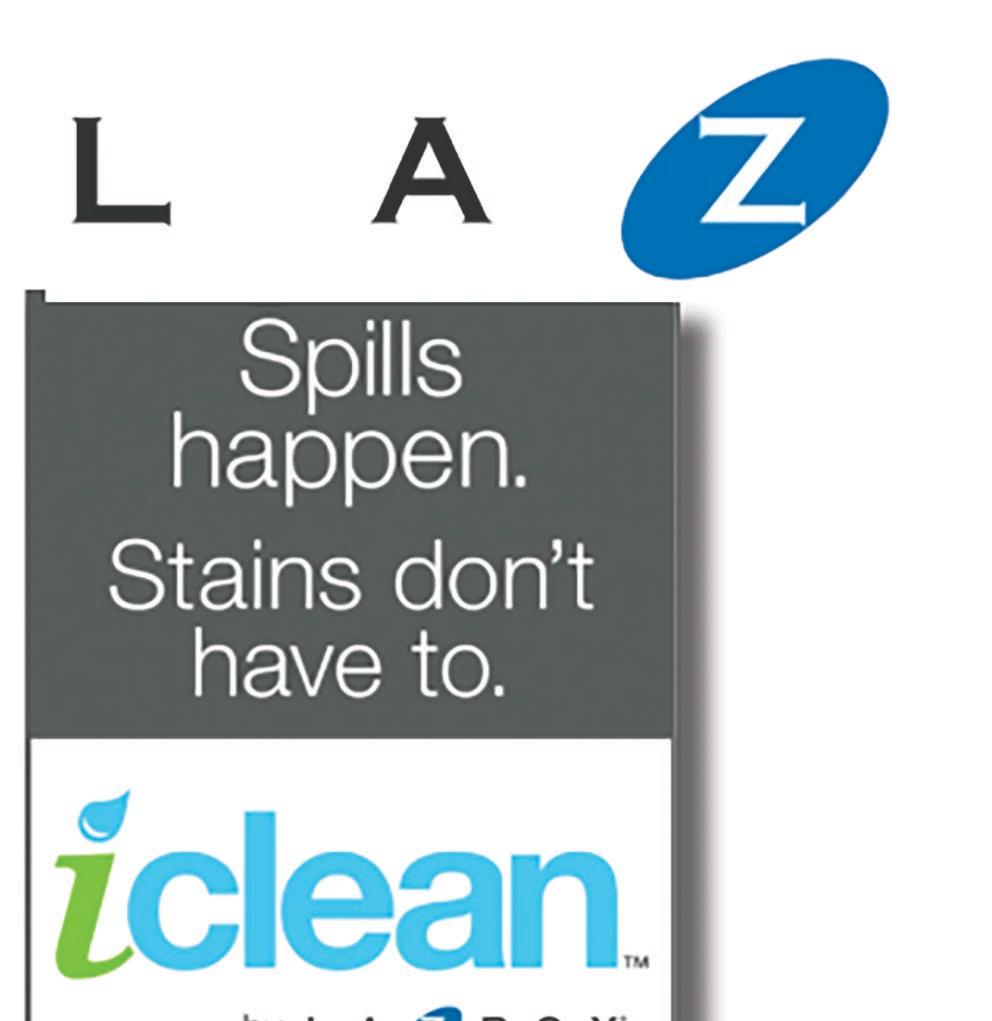
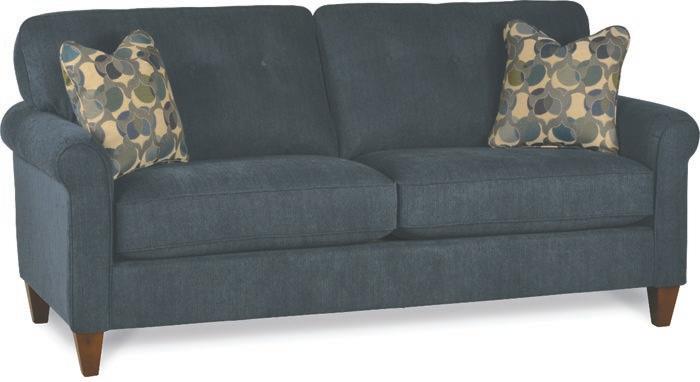






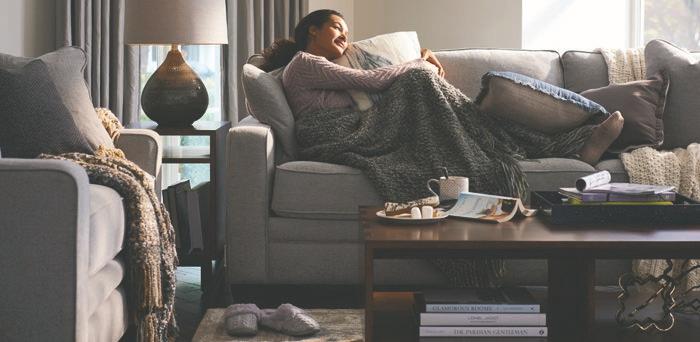




as low as $898 EVERYDAY




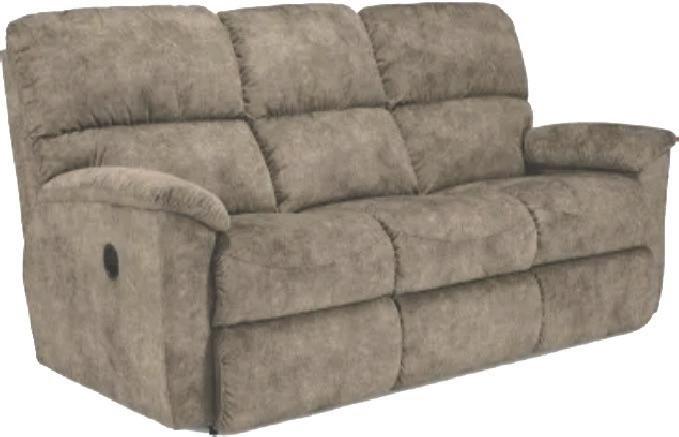



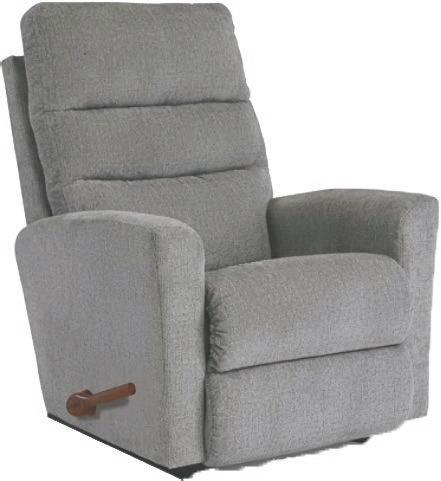





La-Z-Boy Recliners $398-$478 EVERYDAY!

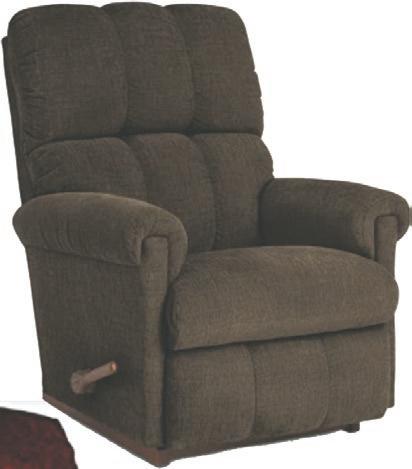










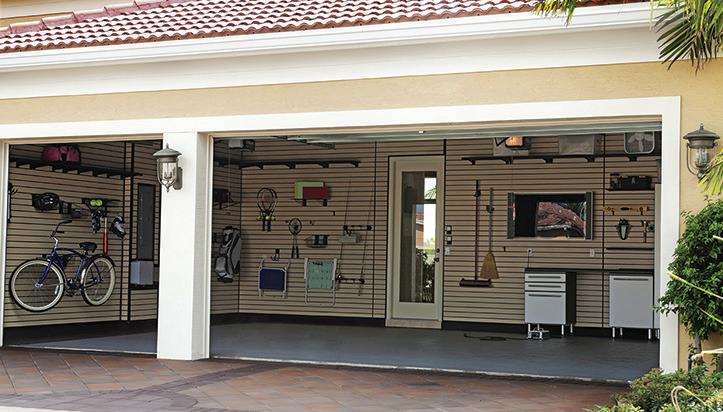
Homeowners tend to want to maximize all of the space they have in their homes. For some this may involve turning a garage from a utilitarian space into one that serves multiple purposes.
According to The Mortgage Reports, a home-buying and improvement resource, garage renovations can increase the value of a home and add living space.

Garage remodels can create additional storage space, provide an area for a home gym or even create room
beginning a garage remodel, homeowners may have some common questions about the process.
How much does the renovation cost?
Several factors will ultiprice of a garage remodel, but HomeAdvisor says the national average for a garage remodel falls between $6,000 and $26,000. Most homeowners come in at around $15,000 for a total garage conversion.
Will I recoup the investment?
A garage conversion adds value to a home if it
creates new and usable tage, which pulled together a team of builders, architects and technologists, advises the average garage conversion provides an 80 percent return on investment. That ROI varies depending on location.
How can I upgrade the
Garages traditionally though durable, concrete and cold underfoot. Both vinyl plank and epoxy vate the design and functionality of the garage.
both worlds?
Sometimes a garage needs to serve many purposes. Lofting the garage means a homeowner can still park cars or utilize the lower space as a living area, all the while items are stored overhead. Some and have the loft area as a space, while the lower portion remains a traditional garage area. Another a portion of the garage. This works well for twoor three-car garages where there will be room to park a car and the remainder will serve another purpose.
What are other ways to improve the garage?
Installing more windows or improving on the lighting in the garage can be important. The garage improvement experts at Danley’s say window installation enables people to circulate air in the garage without having to open the garage door. Improving the lighting means the garage can still be enjoyed or utilized after dark. Spread out lighting in the garage, and use a combination of overhead and task lighting just as one would in the home itself.
How do I deter bugs or other pests from entering?
Insects often want to hunker down in garages, to get inside a garage. Keep-
ing the garage clean and organized is the best way to deter pests and to spot infestations before they become problematic, indicates Mosquito Joe pest control company. Reducing water and humidity in at the base of the garage door and other entry spots and utilizing insect repellents to make the garage less hospitable also can decrease the risk of insect infestation.
Remodeling a garage can add value and plenty of usable space to a home. Whether a garage houses cars or hosts neighborhood game night, a garage renovation can be well worth the investment.










































































































































































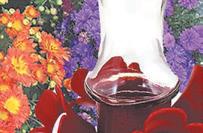














































































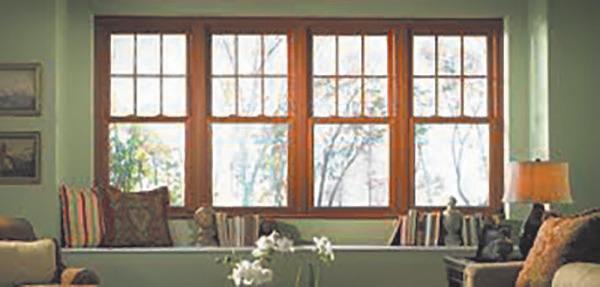
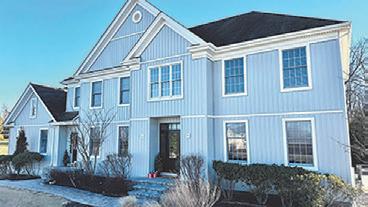
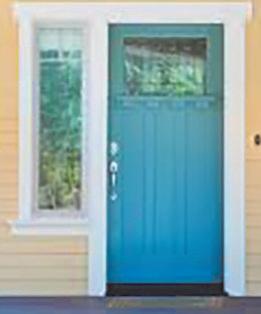
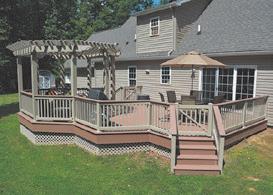





























































































































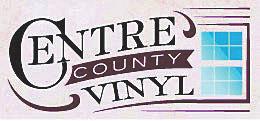
Study skills are integral to academic success. Such abilities help students
effectively, which can lead to better grades on assignments and tests. Developing strong study habits can prepare students for future success in life, as dedication to studying can be mirrored in habits related to job performance.
The desire to study is one component of being involved in the task. However, setting up an environment conducive to studying is another part of this important equation. Students looking to study longer and better may want to re-evaluate study environments at home. Here are some ways to implement positive changes.
• Isolate from interrup-ting up a study location is to pick a spot away from the hustle and bustle of the household. While a sepa-
can be helpful, an out-ofthe way nook or similar spot can be just as effective. By dedicating a study spot, you can train your brain to recognize this is a study area and you may immediately become more focused.
• Keep only pertinent materials nearby. It may be tempting to check your phone or watch videos or television if those devices are close to the study area.
with only what’s necessary for the study session.
• Focus on good lighting. To avoid eye strain and make sure the study area has adequate lighting. Lighting behind you will
help illuminate the pages of textbooks and additional reading materials. Avoid using computers in dimly lit rooms, as that may aggravate eye strain.
• Aim for ergonomics and comfort. You’ll want to be comfortable while studying, but not so much that you’re falling asleep. Choose a chair that is supportive and keeps you seated in a neutral position.
• Store supplies nearby. Having to constantly get up and grab supplies increases the risk of distractions adversely affecting your study time. A zippered pouch or a tote bag that contains all of your study materials can be kept within reach.

• Keep a clock in view. A clock should not deter you from studying. Setting deadlines and time constraints on study time can encourage focus. Break down study sessions into chunks of time that are manageable to you.
• Utilize noise effectively. Some people need absolute quiet to study. Others appreciate some white noise or music to sharpen their focus. Identify what works for you and incorporate that into your study area. A fan or a running air puwhite noise to drown out distractions.
Establishing a study area at home can help students improve their academic performance.









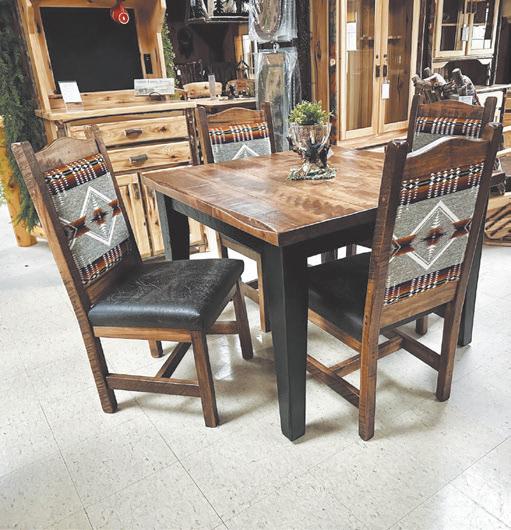










Homes are often characterized as sanctuaries for their residents. A calm place to come home to after a busy day at work or school is often just what people need to unwind.
Certain design components can help individuals turn their homes into relaxing respites from the daily grind. With that goal in mind, individuals can consider these ideas to create a peaceful feel inside their homes.
• Paint with neutral colthe mood in a given room, and neutral colors have long been linked to a calming effect. Subtle shades like beige, taupe and light gray are known to create
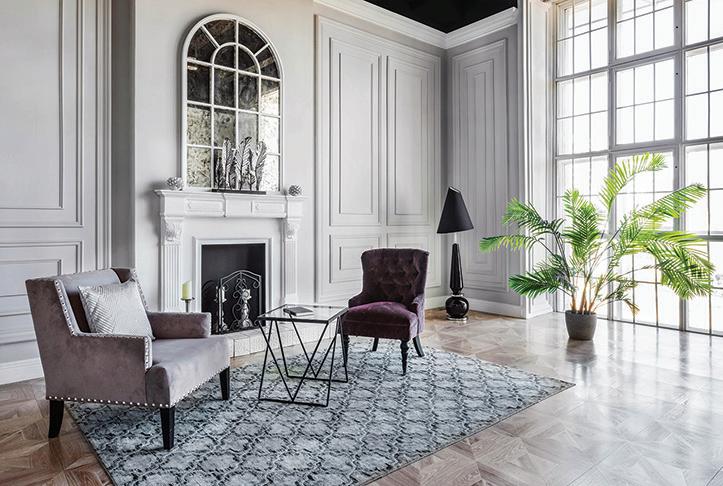
a relaxed vibe in a room, so these colors can be a go-to choice. Some people consider neutral colors a tad boring, so individuals concerned by that impression can limit neutral colors to rooms designated as sanctuaries, like a reading
room, a spa bathroom or a bedroom.
• Employ natural light. Natural light also can help to establish a serene setting at home. Large windows that let daylight in can improve anyone’s mood. A 2022 study from researchers




at the University of Chile in Santiago found that the more natural light that entered a home, the happier people said they felt. Study authors even noted that the largest uptick in well-being was found among participants who lived in homes in which windows covered at least 40 percent of the dwelling’s wall space. Opening blinds or curtains and, if possible, installing larger windows in a home can help to establish the relaxing, happy vibe individuals are aiming for.
ing. The RHS notes that improved mood and reduced stress levels are two beneprovide. A good mood and less stress can help individuals establish the peaceful feel they’re aiming for at home.
• Keep devices out of bedrooms. Watching television while lying in bed, scanning a smartphone before turning off a nightstand light and retiring for the night, or reading an e-reader instead of a print book at night can transform a bedroom from a serene setting into one that’s overrun with stimuli. According to the Sleep Foundation, technolo-
• Utilize plants to set a peaceful tone. The United Kingdom-based Royal Horticultural Society notes that research has found that indoor plants can ben-
gy stimulates the mind, which can make it harder to fall asleep. In addition, blue light emitted by devices disrupts the natural production of melatonin, a hormone that makes it easier to fall asleep. That can negate any efforts individuals have undertaken to make their bedrooms as peaceful as possible. Designate bedrooms in the house as technology-free zones to ensure the peaceful vibe continues uninterrupted until everyone goes to bed.
A peaceful home makes for the perfect respite at the end of a busy day. Various design choices can help individuals establish a serene vibe throughout their homes.











Property crimes are perhaps more common than people may realize. Data from the Council on Criminal Justice indicates residential burglaries declined by 26 percent in 2023 compared to 2019. However, the Federal Bureau of Investigation indicates there were nearly seven million property-related crimes committed in 2019, which means there
million such crimes committed in 2023.
Homeowners recognize the importance of
protecting themselves, their loved ones and their valuables. Locking doors at night is one measure of protection anyone can employ, but there’s a host of additional steps individuals can take to make their homes less vulnerable to criminals.
• Embrace some simple solutions. The Insurance Information Institute recommends utilizing simple security devices such as padlocks, door and window locks, grates, bars, and
bolts. These devices may not prevent burglars from entering a home, but they can increase the amount of time it takes criminals to gain access. That can be enough to discourage criminals and also provide extra time for homeowners and neighbors to see and report suspicious individuals lurking around homes.
• Periodically assess existing security devices. Locks, security cameras and addition-








































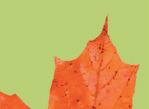









(Continued from Page 15)
al devices are effective deterrents, but only if they’re working properly. It’s easy to overlook security devices, but routine inspections can ensure they continue to serve as a security blanket between residents and criminals.
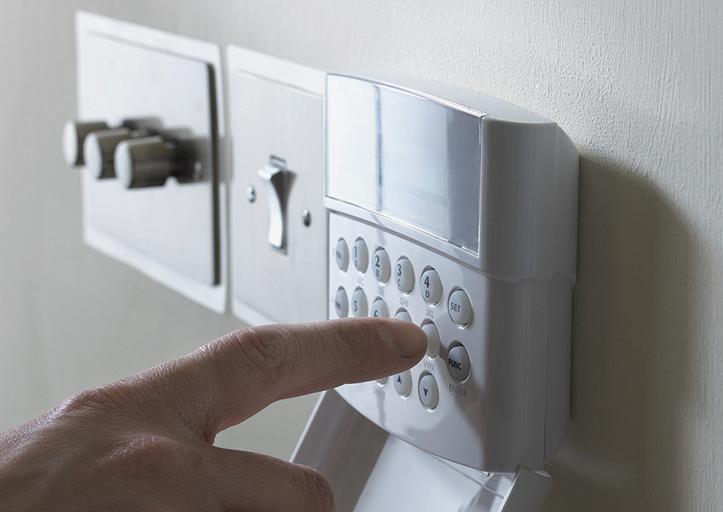
• Install a burglar alarm. Burglar alarms can be effective deterrents and even help homeowners save money on their insurance policies. The Electronic Security Association estimates that home alarm systems can save homeowners as much as 20 percent on their insurance policies. Such savings can offset the cost to purchase and install burglar alarms. Homeowners who doubt alarms as a crime deterrent should know that a study from researchers at the University of North Carolina, Char-


lotte examining the habits of burglars found that 60 percent decided against burglarizing properties they learned had burglar alarms.
• Trim privacy trees and shrubs around the perimeter of your home. Privacy trees and shrubs can make it harder for passersby to see into a home from a nearby street or sidewalk. However, such features also can provide hiding space for criminals looking to gain access to a property. Routinely trim trees and shrubs near doors and windows so they are not inadvertently providing cover for criminals.
• Light up the outside. Exterior lighting is wildly popular among homeowners for its aesthetic appeal. But lights around walkways and throughout a landscape also illuminate the exterior of a home, making it harder for criminals to get around without being seen. Spotlights and motion-detection lights can alert homeowners if someone is outside, and such lighting also can make it easier to spot criminals on exterior cameras, which can deter burglars. There’s no shortage of ways for homeowners to make their properties less vulnerable to criminals.















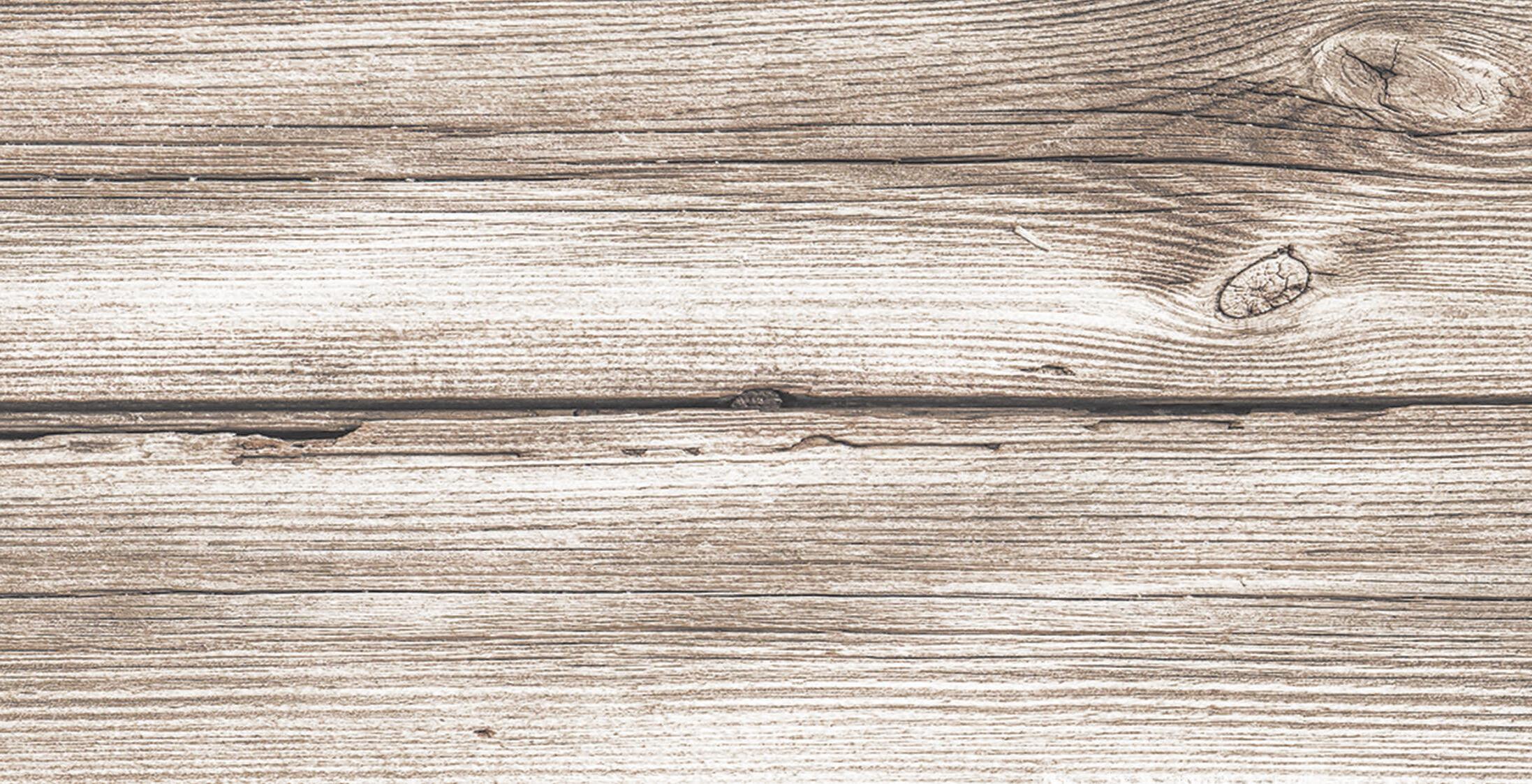
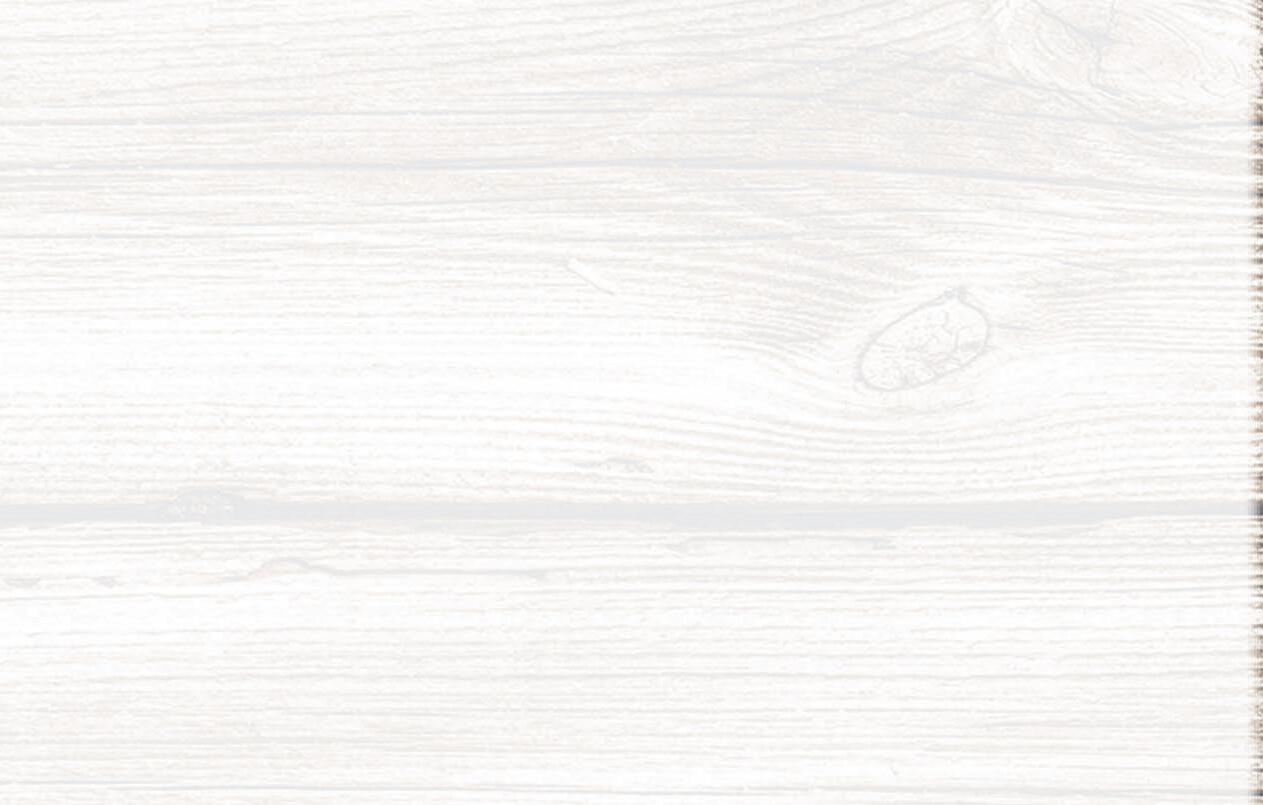







Newly adopted pets waste little time becoming beloved members of a household. But much like young children, pets are a and they rely on their human caretakers to ensure their safety.
Pets are susceptible to illness and injury just like their human companions.
The Pet Poison Hotline reported a 51 percent increase in the volume of calls between 2020 and 2021. Banabout half a million more pet visits in 2020 than in 2019. Furthermore, Dogster reports that 47 percent of pet owners had to deal with a serious medical issue or took their pets to emergency care in 2021. Keeping cherished pets safe in and around a home is no small task. But with some diligence, it is possible to ensure health and happiness for companion animals. Follow these tips, courtesy of the Florida Fish and Wildlife Conservation Commission, Old Farm Veterinary Hospital and Security.org.
• Consider an indoor and outdoor security camera system. Having eyes on pets while you’re away from home enables a quick response should something happen.
• Avoid leaving pet food outdoors overnight. Dog and cat foods can attract other animals, such as bears, raccoons, foxes, and opossums, depending on where you live. Wild animals grow accustomed to receiving easy meals and this could decrease their trepidation about being around a home or yard. Run-ins between your pets and wild animals should be avoided at all costs.
• Skip the retractable leash. Walking a pet on a non-retractable leash allows better control of the pet in the event of an encounter with a person or another animal.
• Be cautious with chemicals. Carefully consider any chemicals you use in your yard, including pesticides and weed killers, as well as any cleaning products used indoors. Pets can ingest or inhale these products and get sick.
• Pick up potential choking hazards. String, small pieces of toys, rawhide bone fragments, and other items can be choking hazards to pets. Be diligent about removing these pets will not swallow them.

• Tap on your car hood. Families who allow their cats outdoor access should thump on the car hood when it is cold outside, as sometimes cats take shelter near a warm engine block. Cats can become injured if you start the car while they are under the hood.
• Stay up-to-date on vaccinations. Whether pets never step outdoors or have free rein, always vaccinate companion animals against common parasites and other pests.
• Microchip your pets. Microchips not only pro-
tect pets should they get lost, but they also can help track down animals that may have been stolen. Remember to keep microchip data current to ensure a swift recovery.
• Keep foods and medicines out of reach. Many human foods can be toxic to pets, as can medications that are kept in a home. Pets can be curious and easy access to these items may make them quite ill. Pets need their owners to take key steps to safeguard their well-being.
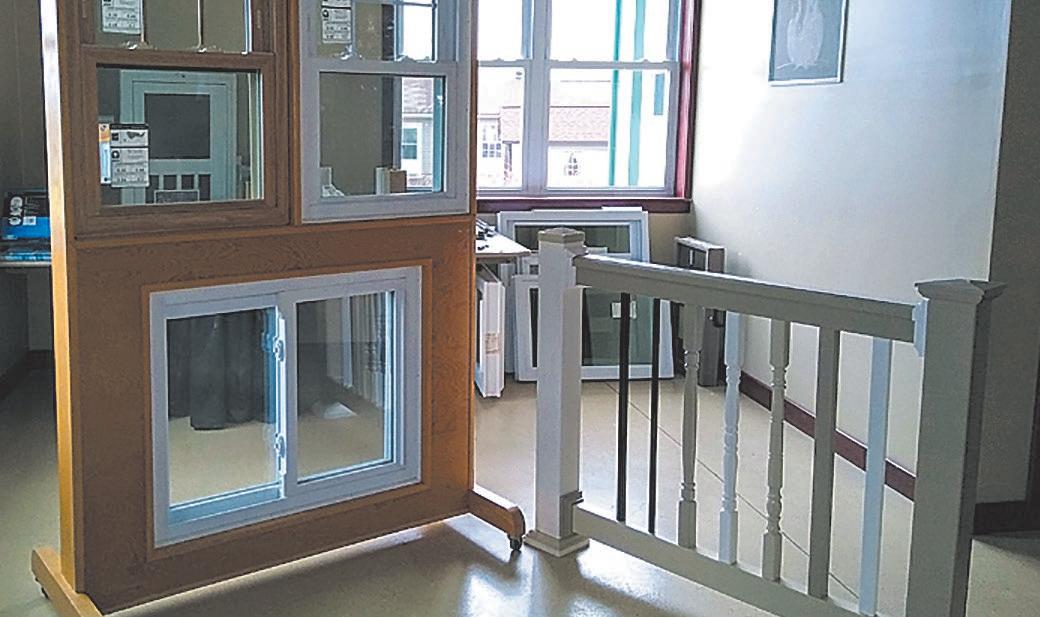

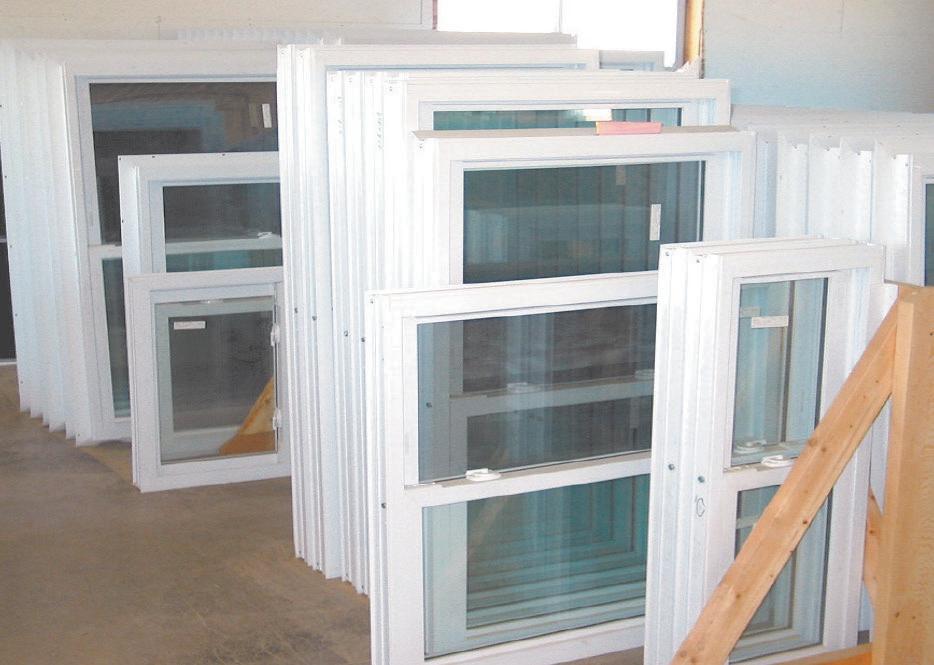




Millions of celebrants welcome family and friends into their home as overnight guests each holiday season. Hosting loved ones during the holiday enables families to create the kind of lasting memories that make December such a special time of year. As hosts prepare their homes for loved ones this holiday season, they can consider these tips to make guests rooms as welcoming as possible for friends and family.
• Check the bedding and replace, if necessary. It’s easy to overlook the comfort of bedding in a guest room, particularly since hosts may never sleep in their own guest rooms. When furnishing a guest room, it’s not unheard of to repurpose an existing mattress from an owner’s suite or another room and use for guest room bedding. Though that’s acceptable, it’s necessary to periodically inspect a guest room mattress to make sure it’s still comfortable and supportive. If not, replace the mattress. A mattress topper, a new comforter and a new set of soft sheets also can make guest room bedding more comfortable.
• Clear out the clutter. Guest rooms can easily become depositories for old furniture and other items, which can create a cluttered and less than welcoming atmosphere in a space. Give each guest
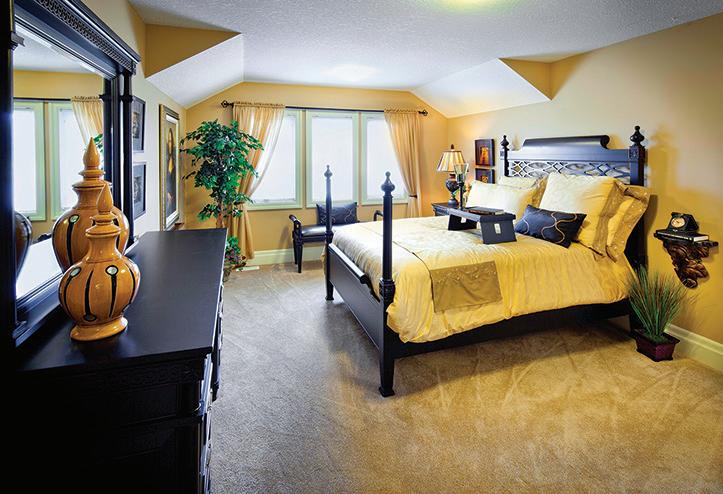
room a thorough once-over before guests arrive, removing pieces that might be creating a claustrophobic vibe. Keep in mind that guests will bring luggage, so a less cluttered space with ample room for their bags can make it easier to settle in.
• Take a cue from hotels. Hotels ensure guests have ample creature comforts hosts can do the same when welcoming loved ones into their homes. Provide ample bed and bath linens, ensure the room has ample lighting so guests can read at bedtime and get dressed in plenty of light in the morning. A foldable luggage rack is another nice touch that can keep guests from having to dig through
• Add an armchair where possible. A spacious guest room allows hosts to provide some extra creature comforts. If the room allows, place a comfortable armchair and side table
in the space so guests can read a book or catch up on the news on a tablet or smartphone. A comfortable, quiet and secluded place to sit provides guests a respite from the hustle with holiday guests.
• Install window coverings, if necessary. A feeling of privacy is another important creature comfort guests will appreciate. Replace existing window treatments if they do not provide adequate privacy or if they do not keep the elements out in the morning. For example, a room that is sun-soaked by early morning each day may make it hard for guests to
blackout curtains or a new set of blinds allows guests to determine the amount of natural light that will greet them each morning.
help holiday hosts turn their guest rooms into welcoming spaces for their loved ones.


New Garage Doors and Accessories.
New Exterior Doors Fiberglass with Vinyl Jambs
New Roof
Board and Batten Siding

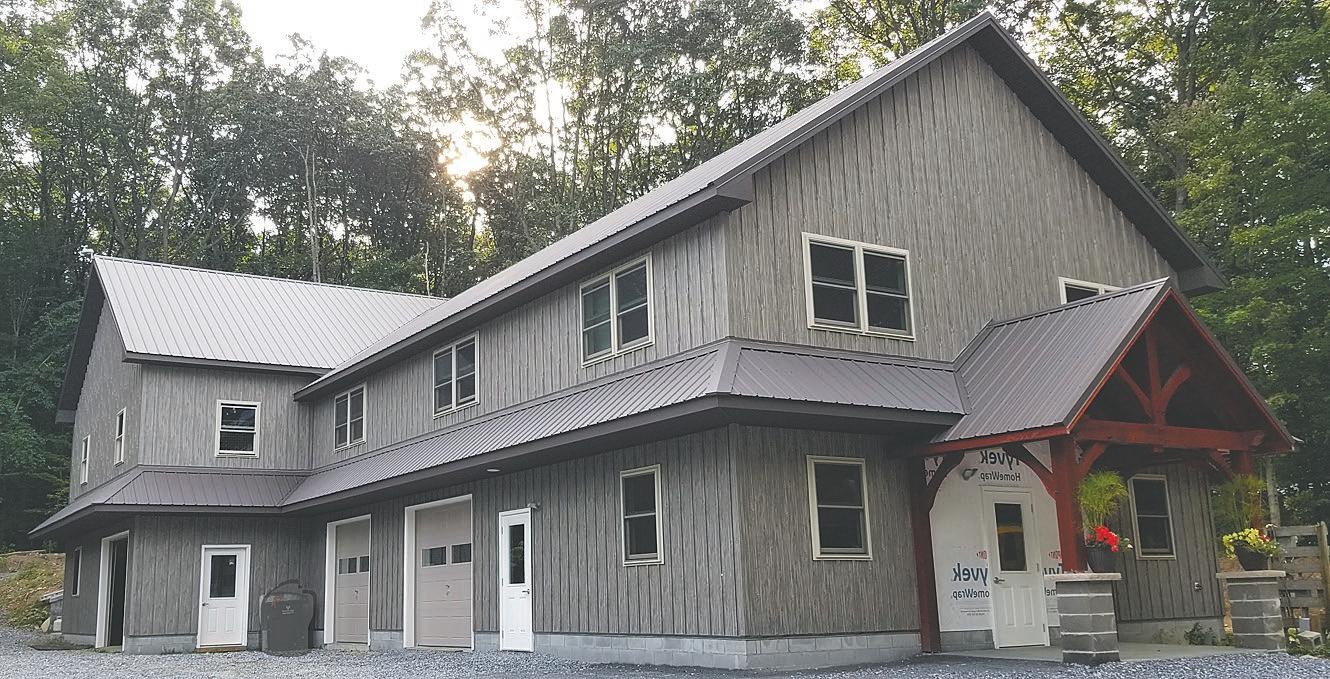
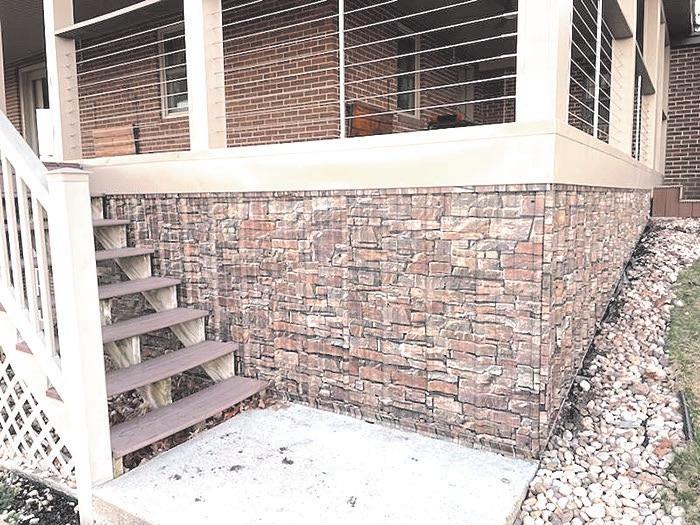
• Metal Roofing
BOTH SMOOTH & TEXTURE
• Snap-Loc Standing Seam
• Trims (all you will need)
• Snow Defenders
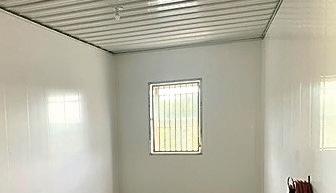

• Soffit-All Colors (cut to size)
• Synthetic Felt Ice and Water
• Pole Barn Kits
• Lumber
• Sliding Door Accessories



Windows • Glulam Post In Stock
Fiberglass Doors
Garage Doors
Garage Doors
Sliding Doors





